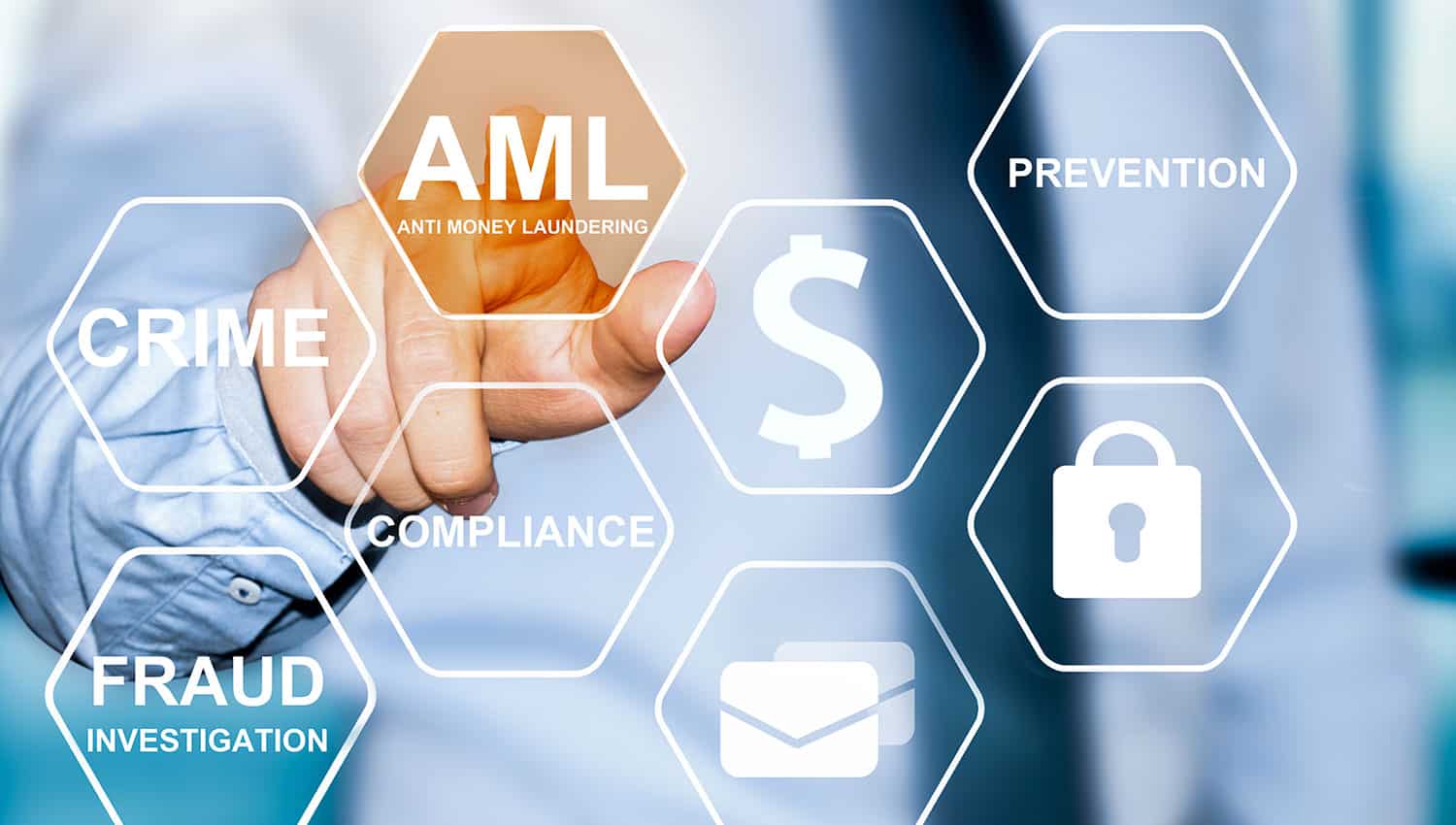With the everlasting advancements in technology, the banking industry and the rest of the financial sector are trying to acknowledge the new advancements and get used to the modern way of business. There is no doubt that with these new advancements banks and other financial institutions have flourished tremendously. With the Covid-19 disease outbreak, the use of digitization in the banking sector took a toll. According to a survey, 60% of all client onboarding was done via digital means. As digitization in the banking sector is thriving by the day, so are the chances of online crimes as criminals are always looking for new ways to hurt the customers and the organization financially.
Banks have to make sure that their organizations are up to the mark when it comes to anti money laundering compliances and has to give top priority to the evolving AML rules and regulations. They should be able to identify any scams, potential fraud, terror financing, and other financial crimes and mitigate the chances of these criminal activities beforehand. Doing all of that while being compliant with AML policies. According to Shufti Pro news, banks in the United States have received the most fines.
Digital Banking and AML Regulations
Ever since the advancements in the banking sector, companies are not just facing the risk of traditional money laundering crimes and frauds, but also the risk of digital crimes associated with online banking. New forms of digital crimes were introduced by the fraudsters, such as ransomware attacks, email fraud, phishing, and the use of cryptocurrencies for money laundering by deceiving banks.
By concentrating on strengthening online banking services, global financial regulators are fast attempting to address these concerns and fill up regulatory gaps. The Financial Crimes Enforcement Network (FinCEN) in the US has developed a set of rules and regulations for businesses dealing with digital currencies. The 5th Anti-Money Laundering Regulations in European countries are a collection of rules that apply to online financial services and cryptocurrency exchanges. The Financial Action Task Force (FATF) has issued recommendations on online identity and compliance with KYC and AML laws in a related manner. According to Shufti Pro funding, the internal budget demand was conveyed by the authorities in the United States for $5 billion to be invested in AML sanctions.
Compliance in Banking Sector
To limit the danger of money laundering, banking, and financial institutions must ensure that their online platforms are compliant with AML. Most financial institutions must use a threat-based approach to combat AML, according to FATF guidelines. They must establish an internal compliance program, which includes the following:
Customer Due Diligence
To authenticate the identity of their online banking clients, financial institutions must implement CDD measures. Clients that pose an increased danger of money laundering should be vetted using suitable due diligence techniques under the threat-based approach.
AML Monitoring Measures
Banks and financial organizations would have to put in place systems to track questionable client behavior during electronic transfers. Unusual transactions, transactions that exceed the typical limit, and recurrent transactions with elevated risk countries are all examples of suspicious behavior.
PEP List Screening
Potential consumers are screened and monitored using PEP (politically exposed individuals) lists, worldwide sanction lists, and client involvement in negative stories in the media. Any of these factors may be sufficient to classify a consumer as a possible risk.
Financial companies are required by some laws and regulations to obtain licenses for certain online services, such as cryptocurrency exchanges or services like digital mobile wallets. Companies must also educate their workers and select a compliance agent to oversee all AML initiatives, according to FATF guidelines.
How to Manage Money Laundering Risks in Banking Sector
To stay up to date with requirements, banks and companies must adopt innovative techniques to tackle new money laundering and electronic payments threats. Companies must rethink how they acquire and validate customer information. The following are the most important aspects of digital AML solutions:
Digital identification
Biometric AML verification, such as fingerprinting and retina scanning, is included in electronic Identity systems. When you pair it with properly equipped cell phones, both users and institutions may use those technologies to onboard new customers. At the time of onboarding and throughout the business partnership, digital IDs can help with more effective and precise CDD. Clients can be verified online using techniques like an online document verification system, which verifies papers including financial records, address evidence, and utility bills. document verification technology can rapidly check documents, speeding up the digital onboarding procedure.
Artificial intelligence
Firms can use AI techniques to enhance their AML and KYC performance in a variety of ways. Collection of information and monitoring procedures can be prioritized with AI’s assistance. AI-based solutions can also help banks recognize red flags throughout online transactions, saving time and resources spent manually identifying suspicious activity.
Blockchain
The blockchain method is becoming more ubiquitous within banking organizations as cryptocurrencies grow in popularity. Blockchain is a decentralized digital ledger that allows businesses to log and validate transactions. Customers’ information might be stored and encrypted as a protected block of data using this technology. The incorporation of blockchain technology into AML laws might aid in combating the issues that come with online banking services. Take the Blockchain course to know more about how the blockchain method is used in the banking sector.
Merging New Methods for a Robust AML Compliance
In the online banking era, maintaining client data and adhering to compliance necessitates abandoning conventional AML standards. For better client service, innovative devices for authentication and automation are being used.
Real-time document validation with 100 percent proof of authenticity is possible with the use of a document verification system.
Bottomline
The banking sector, financial companies, and FinTechs can strengthen their digital banking operations by utilizing instantaneous online document verification technologies and AML systems.
